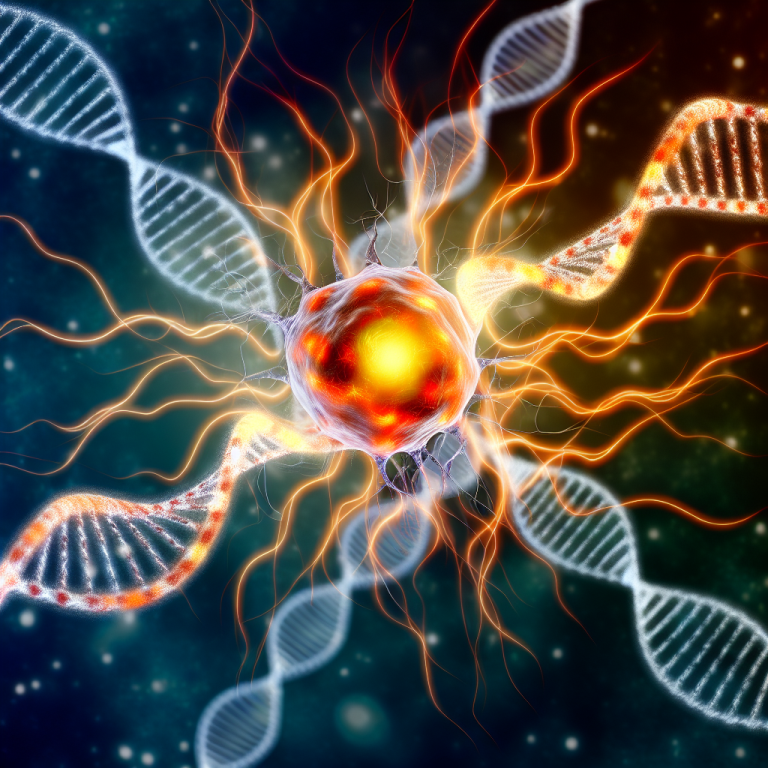The process of forming memories involves breaking and repairing DNA in nerve cells, according to a recent study conducted in mice. This groundbreaking research, published in Nature, sheds light on the intricate mechanisms underlying memory formation and storage.
Neurobiologist Li-Huei Tsai of MIT describes the findings as extremely exciting, highlighting the risky nature of memory formation. The study suggests that when long-term memories are created, some brain cells experience a surge of electrical activity that causes breaks in their DNA. Surprisingly, an inflammatory response is triggered by this damage, facilitating the repair process and solidifying the memory.
This connection between DNA damage and memory formation is not entirely new. Previous research by Tsai and her colleagues had already linked double-stranded DNA breaks to learning. In this latest study, mice were trained to associate a small electrical shock with a particular environment to induce a fearful memory response. Analysis of gene activity in neurons in the hippocampus revealed an important role for inflammation in the memory formation process.
Specifically, the researchers identified a protein called TLR9 as a key player in triggering an immune response to DNA fragments within the neurons. TLR9 was found to be most active in neurons where DNA breaks were resistant to repair, leading to the accumulation of DNA repair machinery in the centrosome organelle. This process, typically associated with cell division, was unexpected in mature neurons that do not divide.
The study’s lead author, Jelena Radulovic of the Albert Einstein College of Medicine, speculates that memory formation may involve a similar mechanism to how immune cells respond to foreign substances. Through cycles of DNA damage and repair, neurons could encode information about the memory-forming event, providing a potential explanation for how memories are retained over time.
To further explore the link between DNA damage and memory, the researchers genetically modified mice to delete the TLR9 gene. These mice exhibited difficulty recalling long-term memories related to their training, suggesting that TLR9 plays a critical role in memory retention.
Overall, these findings suggest that the brain may utilize its own DNA as a signaling system to store and recall memories. The study opens up new avenues for research into neurodegenerative diseases such as Alzheimer’s, where faulty DNA repair mechanisms could contribute to memory loss. Moving forward, further investigations into the molecular mechanisms of memory formation will be crucial for unlocking the mysteries of the human brain.




